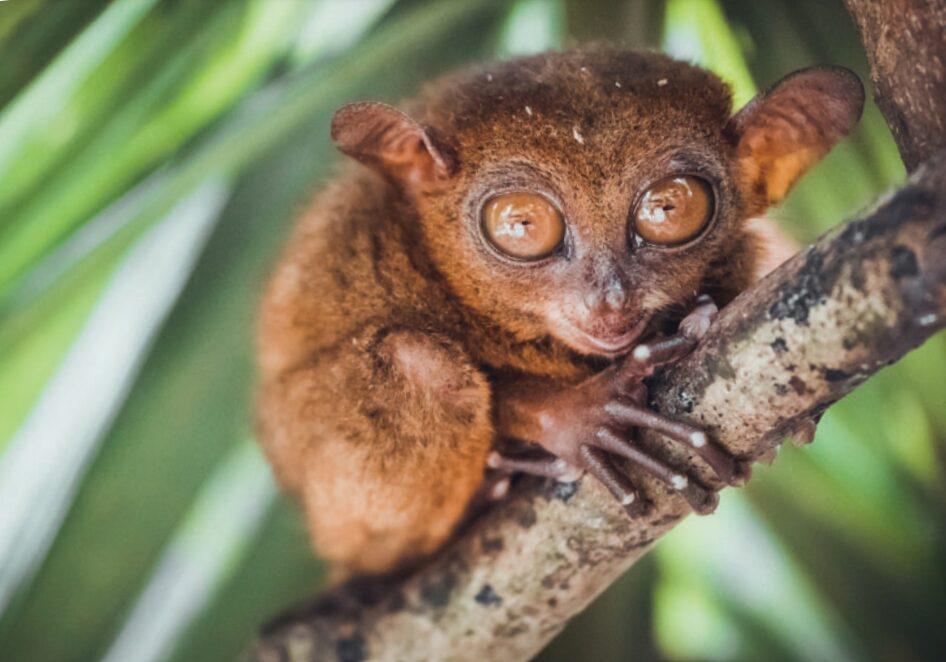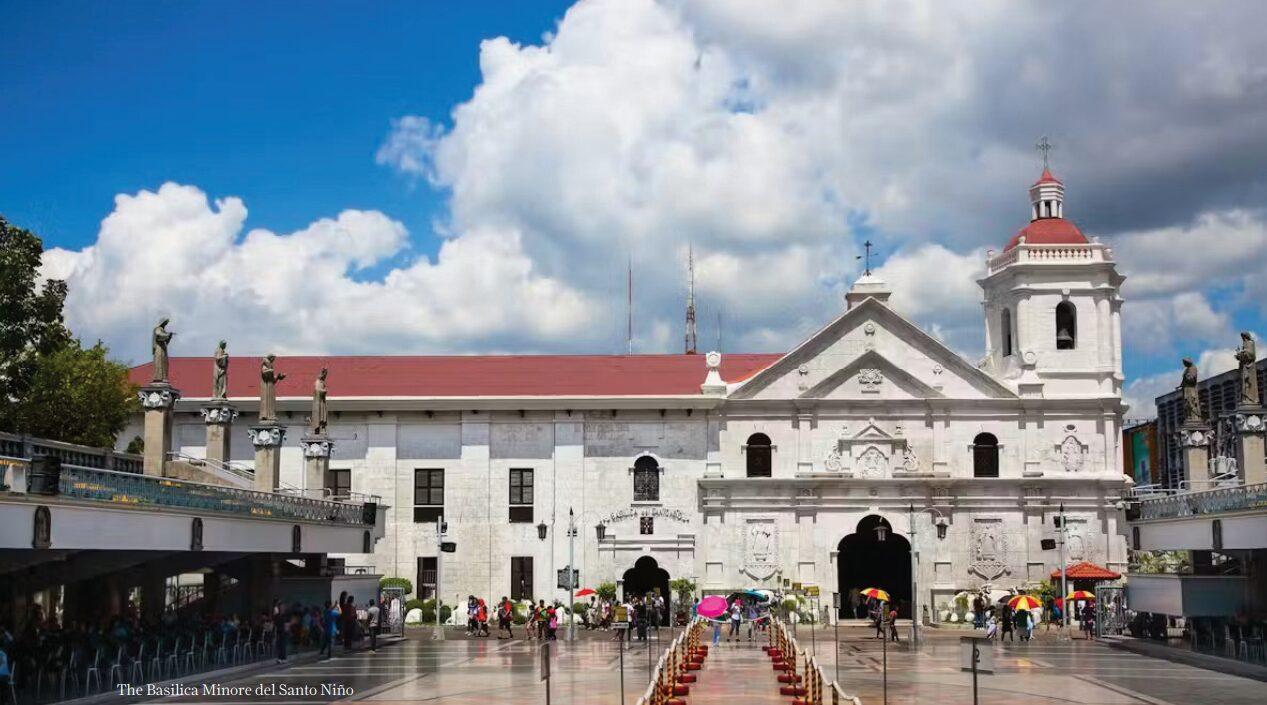The Philippine tarsier, a tiny primate native to Bohol, continues to draw both scientific interest and tourist attention in 2024. These nocturnal creatures, famous for their enormous eyes, have become a major attraction for visitors to Bohol, rivaling even the iconic Chocolate Hills.
Tarsiers possess truly remarkable eyes. Each eyeball is fixed in its socket and measures about 16 mm in diameter – proportionally the largest of any mammal relative to body size. Fascinatingly, a tarsier’s eye actually outweighs its entire brain.
To compensate for their fixed eyes, tarsiers can rotate their heads nearly 180 degrees, allowing them to scan their environment effectively. Recent studies conducted by the University of the Philippines have revealed that tarsiers communicate using ultrasonic vocalizations, a discovery that provides new insights into their social behavior. This finding is significant for understanding their mating habits and group dynamics, which were previously difficult to observe in the wild.
Recent studies by the University of the Philippines have unveiled that tarsiers communicate using ultrasonic vocalizations, shedding new light on their social behavior. This discovery is by Billy De La Cruz IN THE NEWS crucial for understanding their mating habits and group dynamics, aspects of tarsier life that were previously shrouded in mystery. In response to growing tourist interest, the Bohol Tarsier Conservation Area has expanded its protected zones by 15% in 2024, now encompassing approximately 167 hectares of forest habitat. New regulations limit tourist groups to a maximum of 6 people per guide, with strict rules against flash photography and a mandatory 2-meter distance from the tarsiers.
Tarsiers are the world’s only fully carnivorous primates, primarily feeding on insects and small vertebrates. They need to consume about 10% of their body weight daily – a significant amount given their small size of just 8.5-16 cm in length and 80-160 grams in weight. Climate change poses a significant threat to tarsiers, altering rainfall patterns and affecting their forest habitat and prey populations. Conservationists are developing climateresilient forest corridors to help these creatures adapt.
Despite increased protection efforts, the Philippine tarsier remains classified as “Near Threatened” on the IUCN Red List. Population estimates are uncertain, but experts believe there may be fewer than 10,000 individuals left in the wild. Ongoing research focuses on tarsier breeding patterns, habitat requirements, and responses to environmental changes. Scientists are employing non-invasive monitoring techniques, including infrared cameras and acoustic sensors, to gather data without disturbing these sensitive animals. As Bohol strives to balance ecotourism with conservation, the Philippine tarsier has become a flagship species for broader biodiversity protection efforts. Visitors to the island now often plan their trips to include both the geological marvel of the Chocolate Hills and the biological wonder of the tarsiers, making these wide-eyed primates ambassadors for Philippine wildlife conservation.






